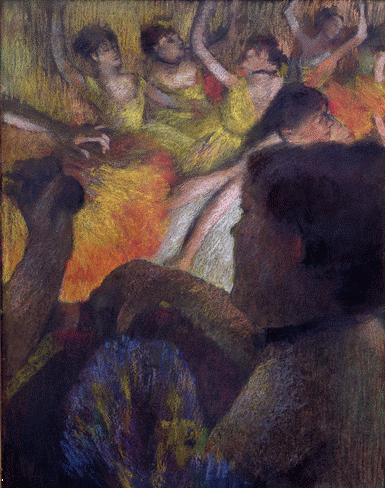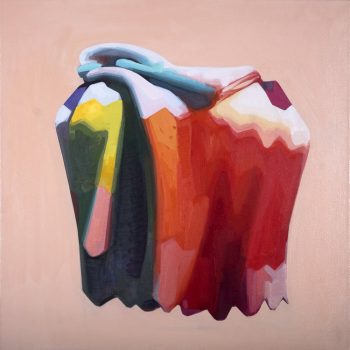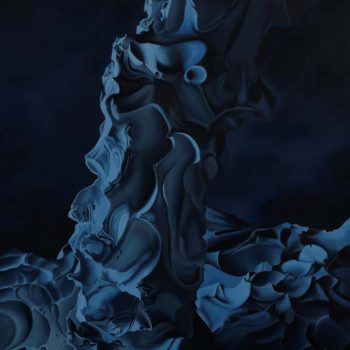Degas at the Opera
Until 19 January 2020
____________________________________________________________
Degas’s pastel works from the mid to late 19th century in particular establish his oeuvre as truly innovative and ahead of his time.
They appear a contradiction: the sketchy method employed with a ‘scratchy black line’ mean the ‘dancers’ appear at once soft, feminine yet imbued with strength. Perhaps instinctively Degas felt the medium of pastel suited the peculiarities of ballet; a discipline that requires the contradictory attributes of delicacy, power and rigourous technique.
Especially because the medium of pastel readily implies the ‘transience of movement and action’.
Self-evidently the focus on femininity and the machinations of ballet (front and back stage) provide a deep well of material from which to fully investigate the dexterity of pastel.
Musée d’Orsay
Throughout his entire career, from his debut in the 1860s up to his final works after 1900, the Opera formed the focal point of Degas’ output. It was his “own room”.
 He explored the theatre’s various spaces – auditorium and stage, boxes, foyers, and dance studios – and followed those who frequented them: dancers, singers, orchestral musicians, audience members, and black-attired subscribers lurking in the wings.
He explored the theatre’s various spaces – auditorium and stage, boxes, foyers, and dance studios – and followed those who frequented them: dancers, singers, orchestral musicians, audience members, and black-attired subscribers lurking in the wings.
This closed world presented a microcosm of infinite possibilities allowing all manner of experimentations: multiple points of view, contrasts of lighting, the study of motion and the precision of movement.
Featured image: Edgar Degas (1834 – 1917), La Loge, 1885, pastel sur papier, (h)59.5 x (l)44.1cm. Collection Los Angeles Hammer Museum
_______________________________________________________
Exhibition organized by the Musée d’Orsay and Musée de l’Orangerie, Paris and the National Gallery of Art, Washington, where it will be presented from 1 March to 5 July 2020 on the occasion of the three hundred and fiftieth anniversary of the Paris Opera. Exhibition organized with the exceptional contribution of the Bibliothèque nationale de France
_________________________________________________
DISCLAIMER: Images below are not necessarily on display in the Musée d’Orsay exhibition. They represent a cross section of Degas’s work found in major collections.
_________________________________________________
A painting requires a little mystery, some vagueness, some fantasy. When you always make your meaning perfectly plain you end up boring people.

_______________________________________________________
This work and its variant in the Musée d’Orsay, Paris, represent the most ambitious paintings Degas devoted to the theme of the dance.

Some twenty-four women, ballerinas and their mothers, wait while a dancer executes an “attitude” for her examination. Jules Perrot, a famous ballet master, conducts the class.
The imaginary scene is set in a rehearsal room in the old Paris Opéra, which had recently burned to the ground. On the wall beside the mirror, a poster for Rossini’s Guillaume Tell pays tribute to the singer Jean-Baptiste Faure, who commissioned the picture and lent it to the 1876 Impressionist exhibition.
THE 2ND IMPRESSIONIST EXHIBITION 1876
The reason the Impressionists went solo was that the jury at the Salon would not accept their new style of work. This continued to be an issue in 1876, so the artists turned a one-off show to make money into a reoccurring event.
________________________________________________






































